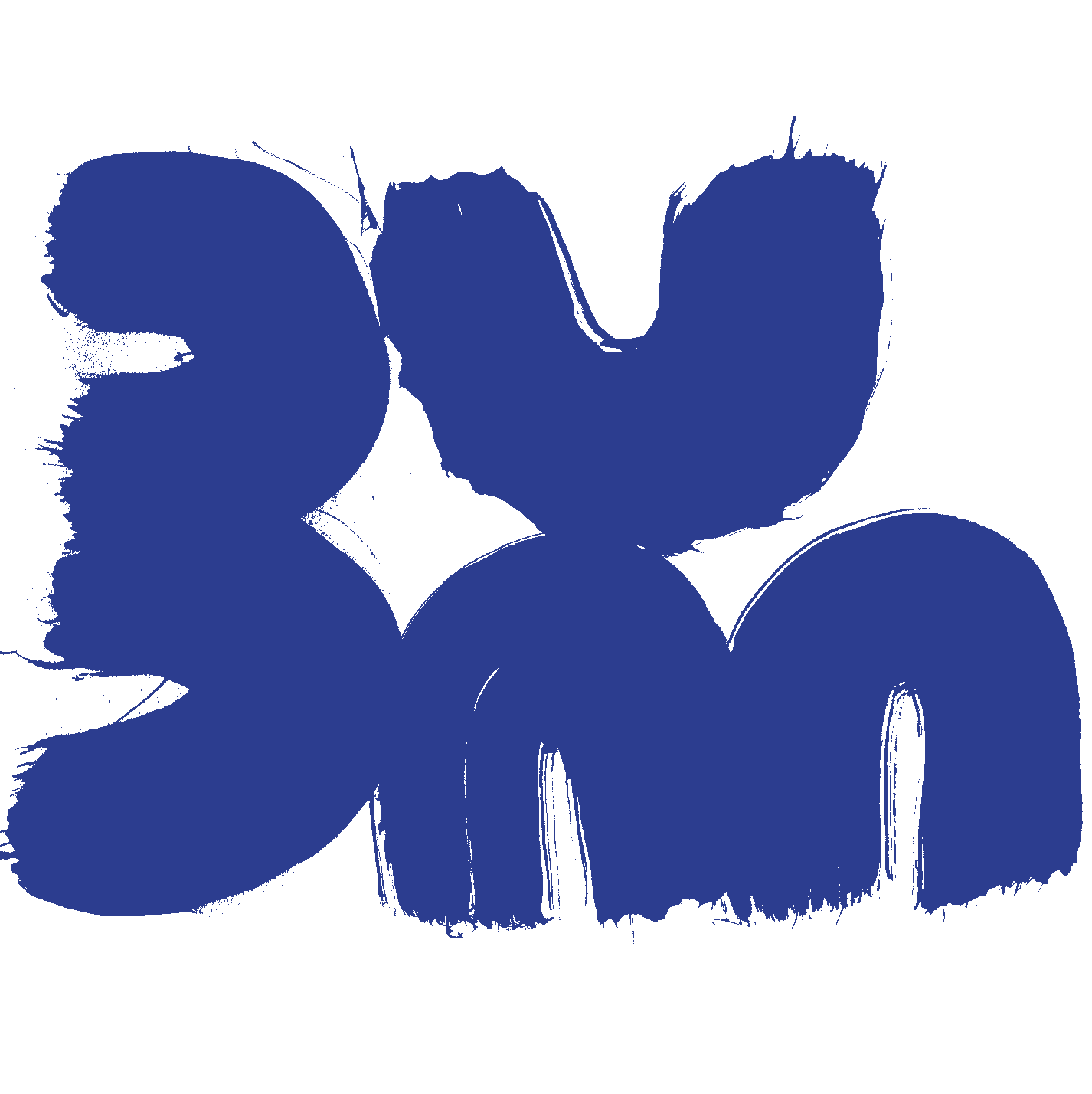The City As A School
I left school with the best possible education, but also an acute lack of life experience and a feeling of disengagement towards my community. My head was full of mathematical equations and a good understanding of the Himalayan mountain range, yet no clue how to pay bills, stand up for myself, or vote between two parties. School was a vacuum, where issues such as mental health, poverty, sexism, racism and politics were not discussed. Today, in the UK, Public Health England and NHS studies show that impaired social skills, mental health issues and rates of obesity are rising. With COVID 19 lockdowns, increased social media use and children protesting for climate change, should we be looking at education differently?
Instead of education being restricted to a classroom setting, where teachers and pupils are set apart from the community, the city could be utilised as a resource for both practical and theoretical training with purposeful engagement in community decision-making. The city is an ecosystem containing vast opportunities for young people to learn and develop. Our cities could help develop young people as empowered, informed, and active citizens. Cities need to step up and facilitate a robust infrastructure of urban pedagogy where teaching and learning happens both in the classroom and in our neighbourhoods.
This idea is not new. In the early 20th century, the Lithuanian-American anarchist-feminist, Emma Goldman, expressed that children need to interact with people and events. American intellectual Paul Goodman’s book ‘Growing Up Absurd’, brought the anarchistic disposition of 1960s counterculture and the free school movement in to the public eye. From here, ideas of meaningful work, honourable community, sexual freedom, and spiritual sustenance were explored by architect Colin Ward and educational officer Anthony Fyson. In 1973, Ward and Fyson published ‘Streetwork: The Exploding School’, which sees the school as a potential site for extraordinary radical change, with education happening in our local context: “Instead of bringing imitation bits of the city into a school building, let’s go at our own pace and get out among the real things.”

Today, a great implementation of these concepts is the Chicago City of Learning (CCOL). In the summer of 2013, the City of Chicago Mayor’s Office began connecting learning opportunities within the city to explore the environment as a free and affordable educational tool. The program grew, and, with the help of 150 youth-serving organisations, it presently connects children aged 3 – 20 years old with diverse learning opportunities, including internships in political offices (The Mikva Summer Fellows), coding camps, poetry publishing, and groups researching local issues such as neighbourhood violence. Digital ‘badges’ are awarded for partaking in community engagement, these badges are sharable and recognised by colleges, universities and employers.
The Chicago City of Learning demonstrates how community resources such as, theatres, local industries, schools, cultural centres and parks can be linked to create a learning infrastructure. With this model, the school turns into a hub, connecting itself to the neighbourhood, and then to the city. Young people can participate more fully in their own lives, whilst engaging with the city to help sustain their families and communities.
The old Nigerian proverb tells us that it “takes a village to raise a child” but as the world becomes ever more urbanised, perhaps it takes a city and more to sustain our young people through the complexity and disruptions of today’s socio-political climate.
Andra Antone

